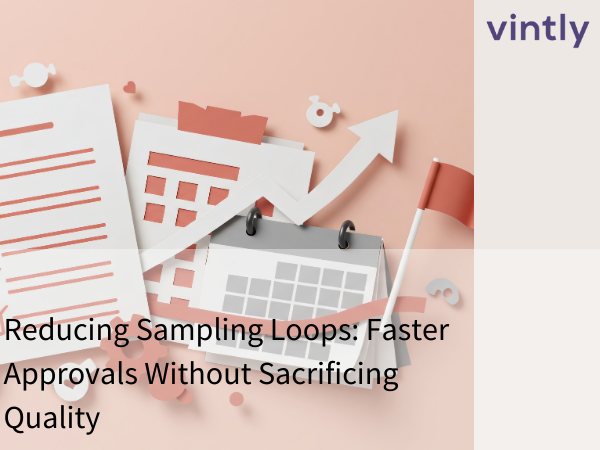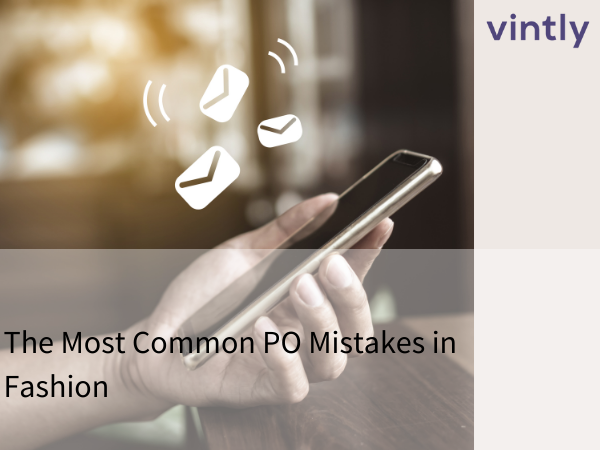Procurement is an essential function in any business, responsible for acquiring the necessary goods and services to run operations smoothly. However, the procurement process can vary significantly depending on the business model, particularly between a Business-to-Business (B2B) sales driven company and an E-commerce sales driven company. While both models involve selling products or services, the differences in their operations, target audiences, and strategies can significantly impact their procurement processes.
B2B Sales Driven Company Procurement
B2B companies operate by selling their products or services to other businesses. These sales are typically higher in volume but lower in frequency compared to B2C or e-commerce sales.
In a B2B sales driven company, the procurement process is often more complex and involves a longer sales cycle. This is because purchases are usually larger, require more approvals, and involve more stakeholders. The procurement process often involves formal requests for proposals (RFPs), contract negotiations, and detailed vendor evaluations.
The procurement process in a B2B environment is also heavily reliant on building and maintaining strong relationships with suppliers. This is crucial because B2B transactions often involve complex, technical products or services that require ongoing support and collaboration.
E-commerce Sales Driven Company Procurement
On the other hand, e-commerce sales driven companies operate by selling products or services directly to consumers via the internet. These sales are typically lower in volume but higher in frequency compared to B2B sales.
The procurement process in an e-commerce company is often more streamlined and faster. It involves identifying the right products that resonate with their target consumer base, sourcing these products at competitive prices, and ensuring a steady supply to meet consumer demand.
E-commerce procurement also heavily focuses on logistics and supply chain efficiency. This is because e-commerce companies need to ensure fast and reliable delivery to meet consumer expectations. Additionally, e-commerce companies often deal with a wide variety of products from multiple suppliers, making supplier management and inventory control critical aspects of their procurement process.
Key Differences
One of the main differences between B2B and e-commerce procurement is the sales cycle length. B2B procurement often involves a longer sales cycle due to the complexity of the transactions, while e-commerce procurement is characterized by shorter, more frequent transactions.
Another key difference is the focus of the procurement process. In B2B, the focus is often on building long-term relationships with suppliers and ensuring the quality and reliability of the products or services. In contrast, e-commerce procurement focuses more on product variety, price competitiveness, and logistics efficiency.
Demand planning is also approached differently depending on the business model. A B2B sales-driven company typically involves forecasting the demand for products or services based on historical data, market trends, and sales forecasts. This process often includes close collaboration with other businesses to understand their future requirements. In contrast, demand planning for an e-commerce sales-driven company is often more dynamic and immediate, relying heavily on real-time data analysis. It involves understanding consumer behavior, analyzing website traffic, and monitoring online sales trends to predict demand. The planning process in e-commerce also needs to account for rapid changes in consumer preferences and seasonal fluctuations. Therefore, while both types of companies aim to balance supply and demand, the sources of data and the speed at which adjustments need to be made can differ significantly.
Lasty, the purchasing process from suppliers is different. In a B2B sales-driven company, the purchasing process from suppliers often involves higher quantities and long-term contracts. This is due to the nature of B2B transactions, which typically involve bulk orders to meet the demands of other businesses. The negotiation process is more complex and often involves custom pricing based on the volume of the purchase. On the other hand, an e-commerce sales-driven company may purchase smaller quantities from suppliers, reflecting consumer-driven demand. The purchasing process is usually simpler and faster, with standardized pricing. The e-commerce company may also use drop-shipping methods, where products are sent directly from the supplier to the customer, minimizing the need for stock holding. Therefore, the main differences lie in the volume of purchase, the complexity of negotiations, and the inventory management methods.
Key Similarities
Despite these differences, there are also similarities between B2B and e-commerce procurement. Both require a thorough understanding of the market and customer needs. They also both involve negotiating with suppliers to get the best prices and terms. Additionally, both types of procurement require effective supplier management and inventory control to ensure a steady supply of products or services.
While the procurement processes in B2B and e-commerce sales driven companies have their unique characteristics, they also share common elements. The key to successful procurement in both models lies in understanding the specific needs and expectations of their respective markets, building strong relationships with suppliers, and effectively managing inventory and logistics. Whether a company operates in a B2B or e-commerce model, a well-managed procurement process is crucial for ensuring business efficiency and profitability.
.png)


